Mask Mistakes You’re Making Now


You Don’t Wash Up Before (and After) Masking Up
You likely have hand-washing down pat. To keep germs at bay and help your mask do its job, wash your hands or use 60%-alcohol hand sanitizer before putting it on and anytime you need to adjust it on your face. Handle your mask by the loops or ties -- don’t touch the front or your face. To take it off, grab the ear loops or untie the strings, bottom ties first. Then clean your hands again.
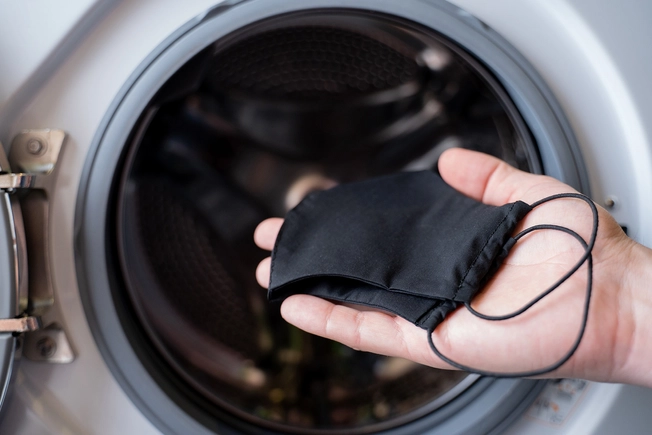
You Don’t Wash a New Mask
It may be brand-new, but many things have touched your latest mask before you get it, especially if it’s handmade. So wash it in hot water (160 F) with residue-free detergent or soap. Rinse it well with fresh water. Then hang to dry. Or soak your mask for 5 minutes in a quart of water with 2 tablespoons of bleach, or a gallon with a third of a cup of bleach.
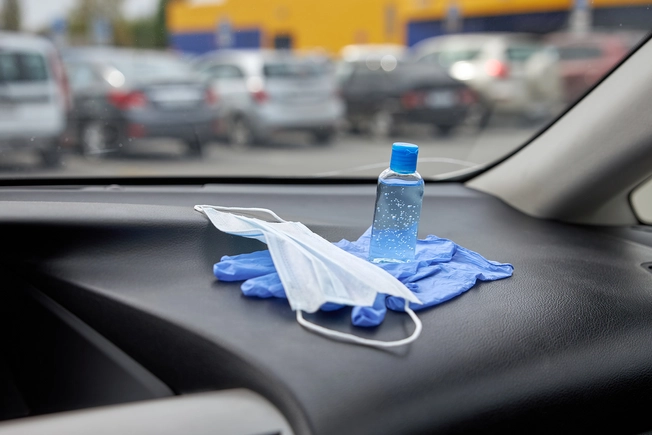
You Don’t Store It Right
It’s easy to toss your mask onto the dashboard or seat when you get in the car. But your mask needs a clean place to stay when it’s not on your face. If it isn’t wet or soiled, put it in a dry paper or mesh bag so it won’t mildew or sour. If you’re out to eat, you can stash it in a clean pocket or purse in a pinch -- but never on the table. After your meal, wash your hands and then put your mask back on with the same side facing out.
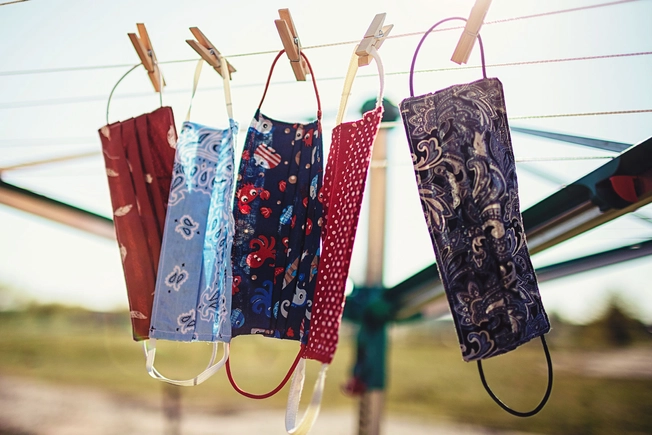
You Don a Dirty Mask
Masks are magnets for bacteria and viruses. They can let in infections if they’re worn against your face for a long time. After each wearing, toss your mask into regular laundry with hot (160 F) water. Or hand-wash it in steamy, soapy water for at least 20 seconds. Tumble dry on high, or air-dry in direct sunlight. Meanwhile, wear a clean spare.

Your Mask Has Seen Better Days
Maybe it’s specially monogrammed. Or it’s your favorite cat print. Still, if your mask has tears, holes, or is worn, sprung, or soiled beyond help, it’s time to retire it. To make your masks last longer, don’t let them get wet from saliva, sweat, makeup, or other stuff -- the fabric can get moldy if not washed ASAP. (Also, damp masks don’t work as well.) Stash dirty or damp masks in a plastic bag until you can wash them.
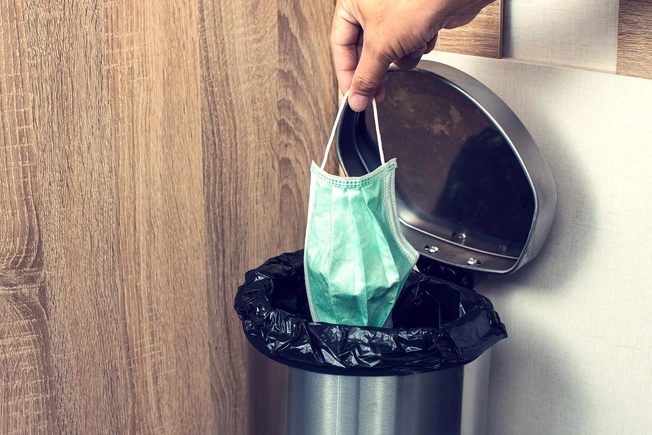
You Reuse Disposable Masks
Disposable masks are “one and done” deals. Make sure it fits right, just like a reusable one. It should cover your nose and mouth, with no big side gaps. The colored (usually blue) side should face out. Be sure to pack extras to go. When you’ve worn a disposable mask once, toss it safely into a trash can. If you take your mask off to eat, replace it with a fresh one when you’ve finished your meal
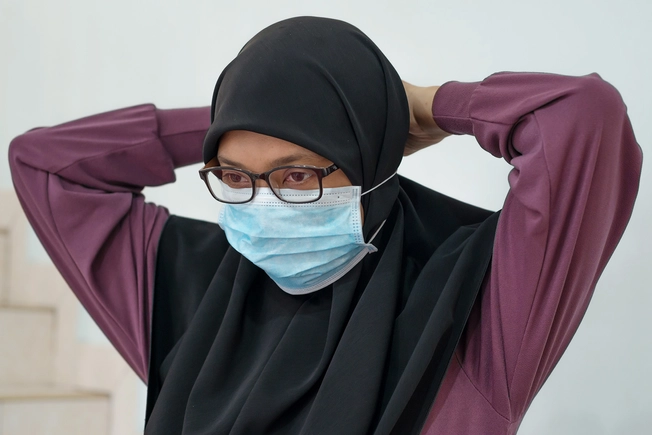
You Don’t Tweak Your Mask to Fit
If your mask’s too big, don’t crisscross the ear loops behind your head. Instead, make a knot in each one to shorten it a bit. Put the knots behind your ears so the mask doesn’t cinch and gap at the sides. If the loops are too short, extend them with string or a shoelace. If you wear a hijab, put the mask on over it and fasten the loops in back with a safety pin or paper clip. (This works if your mask puts pressure on your ears, too.)
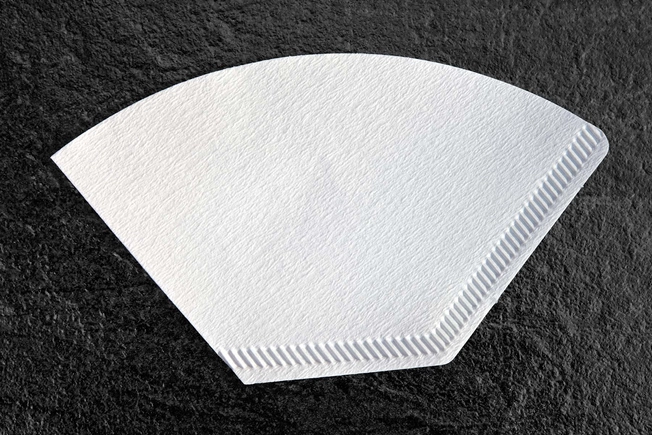
You Use a Coffee Filter
Sometimes, more is more. Adding a filter to your mask does protect you better. Look for filters rated PM (for “particulate matter”) 2.5. The tight weave blocks tiny droplets and particles. A paper coffee filter’s pores measure in at 20 micrometers -- too big for it to be an effective barrier. If your mask doesn’t have a filter pocket, use one with more than one fabric layer or wear two masks.
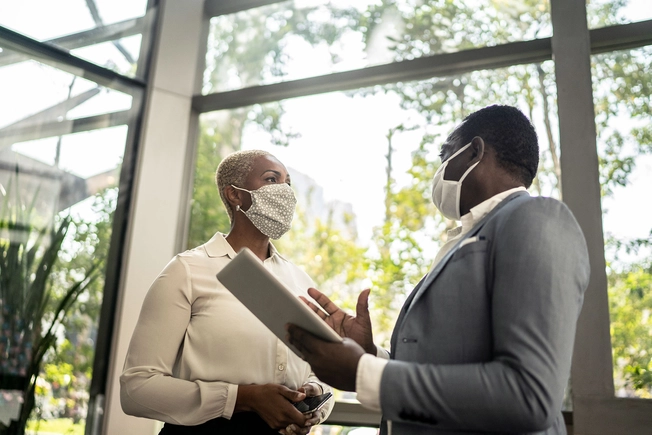
You Pull It From Your Face to Talk
It feels strange at first to talk with a mask on. So it can be a natural reflex to touch or tug at your mask to make sure you’re heard. Others can understand you OK, though, if you wear your mask loosely enough to breathe freely and move your mouth and talk.

You Wear Your Mask Below Your Nose
The reason you wear a mask is to make sure mucus and saliva don’t escape from your nose and mouth and spread to someone else. It also shields you from other people’s droplets that might infect you. If your glasses fog up, make your own nosepiece to keep warm breath from escaping the top of your mask. Twist a few wire twist ties together. Cut a small slit at the top band of your mask, insert the twist ties, and mold to fit your nose.
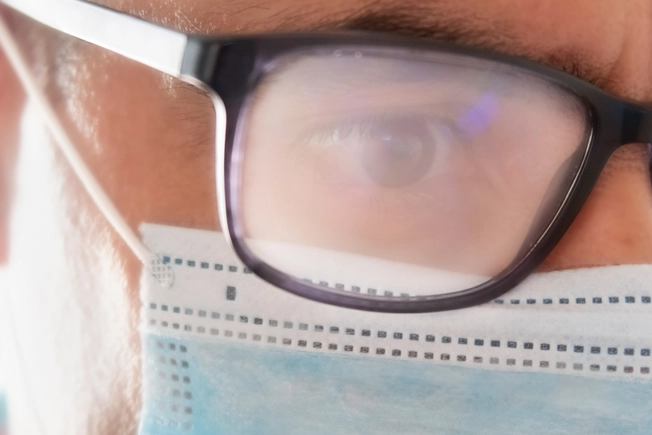
You Wear Your Mask Above Your Chin
Your mask should fit snugly over the whole lower half of your face and chin. When your chin’s left uncovered, viruses can creep in and reach your mouth, nose, and eyes. They can also escape from your mouth and pass to others. It can also let your mask ride up on your face, which can fog your glasses or even block your vision.
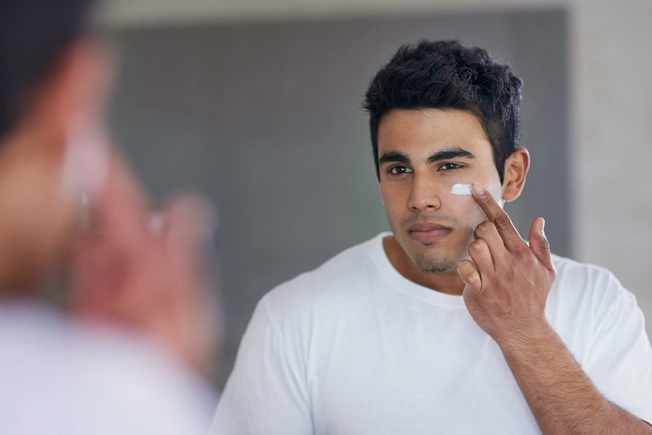
You Don’t Baby Your Face
To keep your face breakout- and rash-free, wash your face with a gentle cleanser. Follow up with moisturizer -- it adds an extra layer of protection. (If your skin is oily, use a gel.) Your dermatologist can help you choose a product with the best ingredients for your skin. For example, dimethicone can make a barrier that helps calm riled-up skin. And take a mask break every 4 hours for 15 minutes, when you can step away or outside.